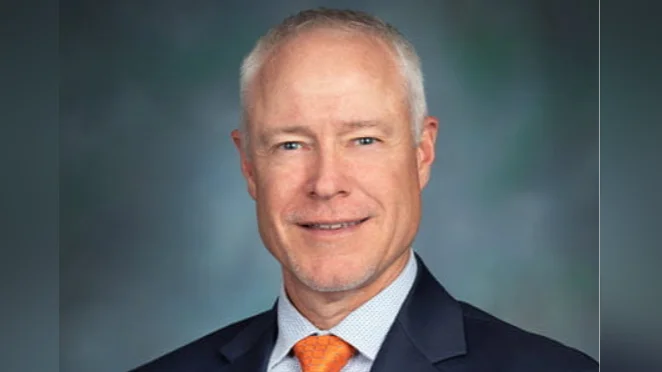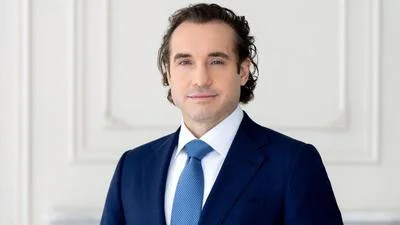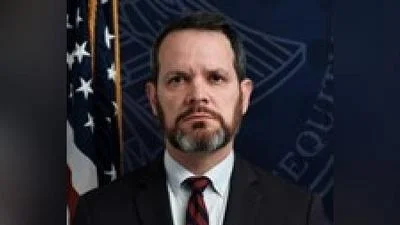Bradley C. Wieferich, P.E., Director | Michigan Department Of Transportation
Bradley C. Wieferich, P.E., Director | Michigan Department Of Transportation
The Michigan Department of Transportation (MDOT) held a community meeting on November 13 in Detroit to present a new conceptual plan for the I-375 project. The event took place at Eastern Market and was also livestreamed for public viewing.
MDOT, together with the City of Detroit, Downtown Detroit Partnership (DDP), and the Kresge Foundation, introduced the proposed plan to reimagine I-375. The concept includes building a boulevard between Woodbridge and Clinton streets as part of a phased approach. According to MDOT, the area north of Gratiot Avenue would be designed and constructed at a later stage. The current proposal could create up to nine acres of surplus land.
Officials emphasized that the plan is still under review for feasibility and may require further changes. Any updates will be informed by ongoing community meetings and stakeholder engagement efforts where feedback will be collected and analyzed. Another community meeting is scheduled for early 2026.
Each organization involved shared information relevant to their expertise: MDOT addressed road design, safety, and operations; the City of Detroit discussed land use and zoning for excess property; DDP provided urban design recommendations and strategies for construction mitigation; while the Kresge Foundation focused on incorporating community perspectives into the project framework.
During the meeting, all partners presented a joint statement:
"The pause in the I-375 project allows us to strengthen the foundation that will make this project truly transformative. MDOT, the City of Detroit, Downtown Detroit Partnership, and The Kresge Foundation have deepened our collaboration to recognize this is not just rebuilding a roadway but that doing the necessary work in rebuilding trust and creating a model for how major infrastructure projects can advance community priorities. Our joint commitment ensures the community will help determine what gets built and how it serves their needs."






 Alerts Sign-up
Alerts Sign-up